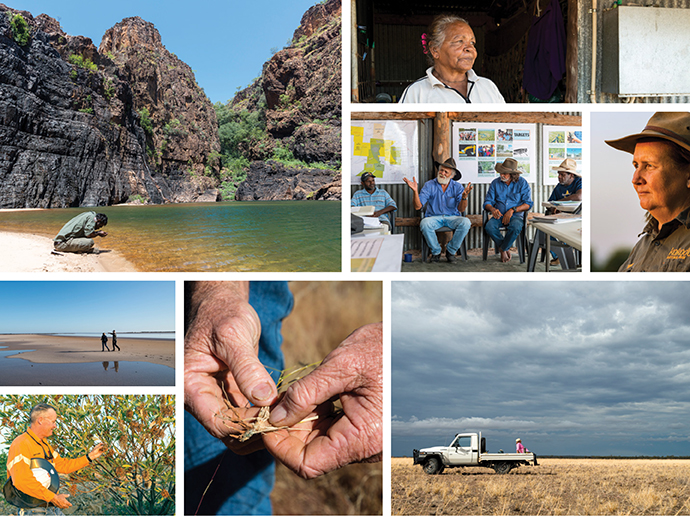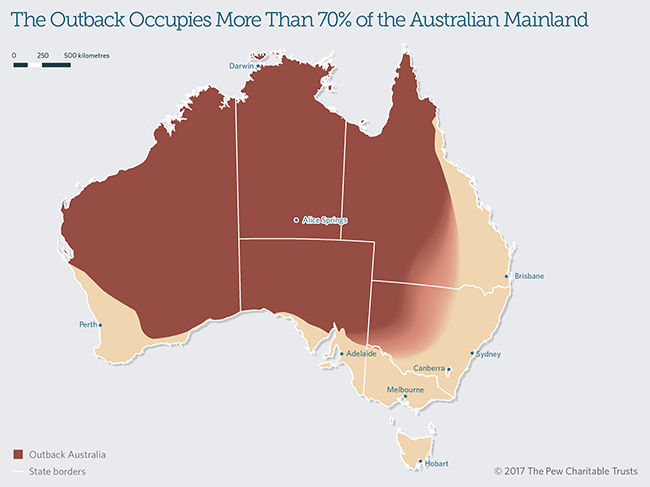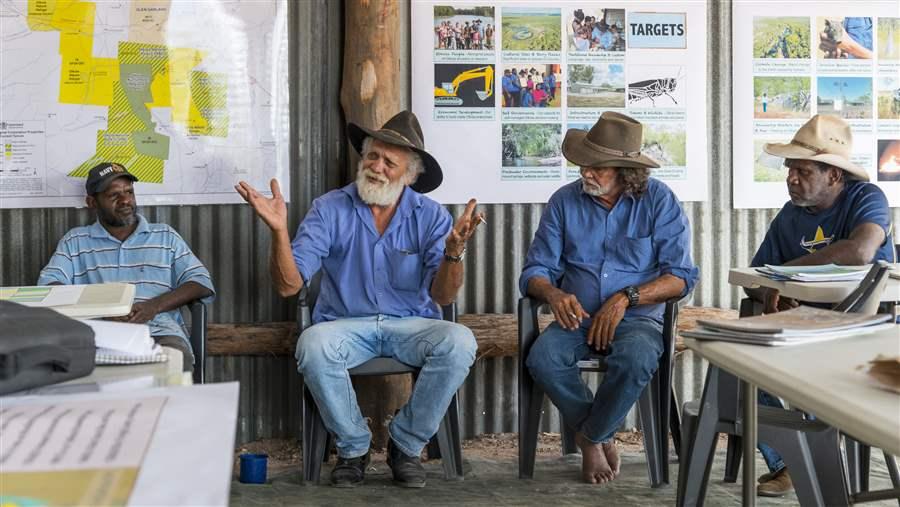My Country, Our Outback
Voices from the land on hope and change in Australia’s heartland
12 inspiring stories of sustaining people and nature in an unforgiving landscape

Cattle grazier Ann Ballinger surveys Stockholm Station, her vast property in the Outback of western Queensland. Her story is one of a dozen exploring successful Outback land management that sustains people and values nature.
© Kerry Trapnell
Only a small number of vast natural landscapes—wild regions where ecological processes and the movement of wildlife function normally—remain on Earth. The Australian Outback is one of them.
Today, however, the long-term health of the Outback is under threat. Across vast areas, there are now fewer people than at any time in the past 50,000 years. This is causing problems, such as the uncontrolled spread of feral animals, noxious weeds and wildfires, that unless addressed will result in a continued decline in the health of the heart of Australia.
The fate and condition of this large, natural ecosystem lies with the people who live on, know, respect and manage that land. Without people, the toll on nature will continue to rise. However, there are three clear steps that can save the Outback from these threats.
Importantly, the Outback is now a dynamic and varied landscape. Many graziers and Indigenous Rangers use helicopters to conduct controlled burning of the land to revive nature. They use laptops and satellites to monitor distant paddocks, and fly drones to combat noxious weeds in otherwise inaccessible country. Many Outback stations — large properties similar to ranches in the United States — supplement their income by attracting tourists or through carbon farming programs, or farming in a way that reduces greenhouse gas emissions or captures and holds carbon in native vegetation and soils. Achieving a modern Outback that sustains its people and values its nature, however, requires further policy reform to encourage innovation and a greater diversity of sustainable land uses.
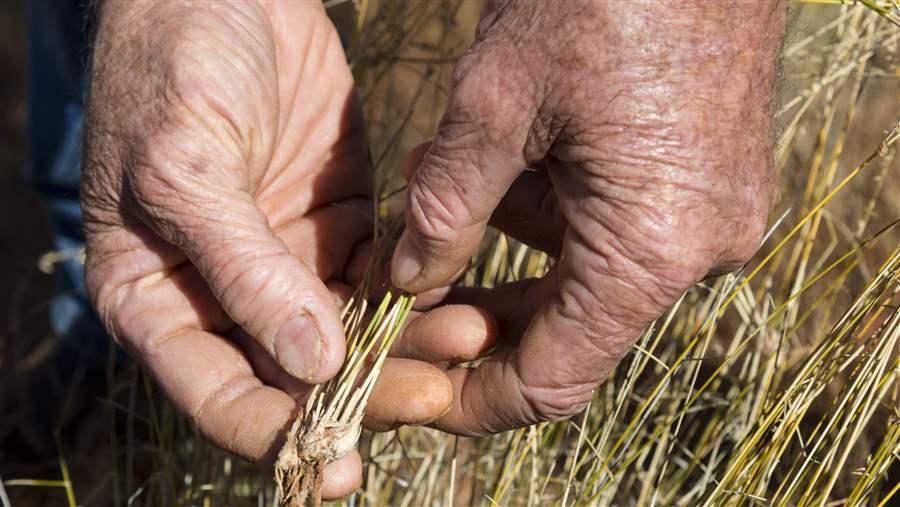
Pastoralist Michael Clinch holds one of the region’s perennial grasses. He says that allowing land to regenerate and these grasses to regrow, as here, is crucial to the health of the Outback rangelands.
© Kerry Trapnell
The land is also rooted in great history. It has been home to Indigenous Australians for about 50,000 years. Over this period, Traditional Owners have shaped and nurtured the landscape. Reciprocally, the land has helped to forge Indigenous identity and culture. This report from The Pew Charitable Trusts, “My Country, Our Outback,” celebrates that relationship and its modern manifestations—and recognizes the new elements in this landscape, and the new people and enterprises now responsible for caring for this magical country.
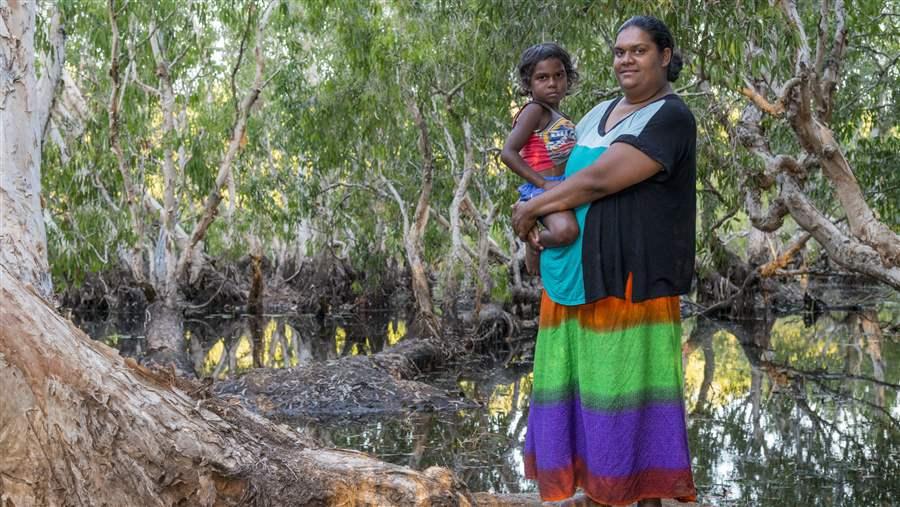
Rarrtjiwuy Melanie Herdman, and her son Micah Wotjin Maymurum, in Arnhem Land, Northern Territory. She wants policymakers to understand her people’s connection to the land and sea.
© Kerry Trapnell
The Outback is notably different from the coastal, urban fringe of the continent where the overwhelming majority of Australians live. Today, almost 9 out of every 10 people live within 50 kilometres of the coast; over time, government policies at a federal and state level have become focused on the denser populations of this urban fringe. Many of the challenges and disadvantages facing people living in remote Australia need specific policy shifts tailored to the distinct problems experienced in the continent’s heartland.
Much of the positive work described in “My Country, Our Outback” could proliferate across the Outback if thoughtful, long-term policy solutions were created and infused with recognition of the value of sustainable land management.
Land has a story, power and value far beyond the superficial layering of topography, tenure or environment.—"My Country, Our Outback"
By sharing their stories here, the people in this report are helping others to see their country as they have learned to see it. They are showing others why the Outback is important, unique and needs to be cared for. They are sharing some of the familiarity, wonder and exultation that mark their relationship with country, and passing along the lessons they have learned about how to respect and care for the land.
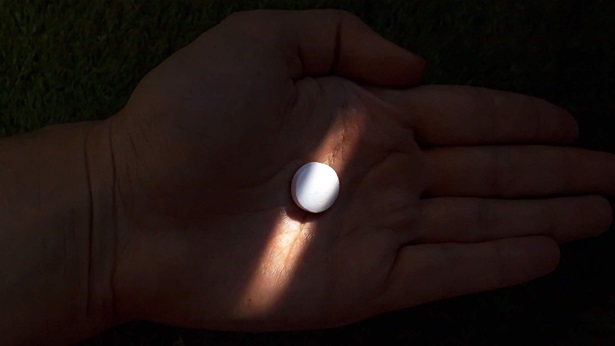
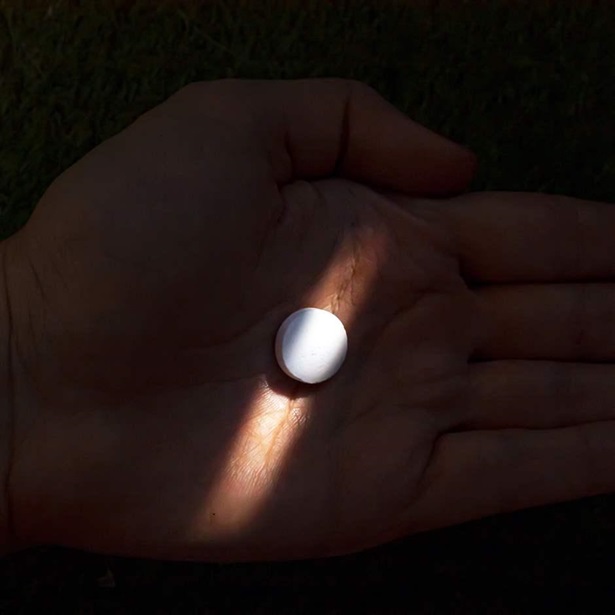
America’s Overdose Crisis
Sign up for our five-email course explaining the overdose crisis in America, the state of treatment access, and ways to improve care
Sign up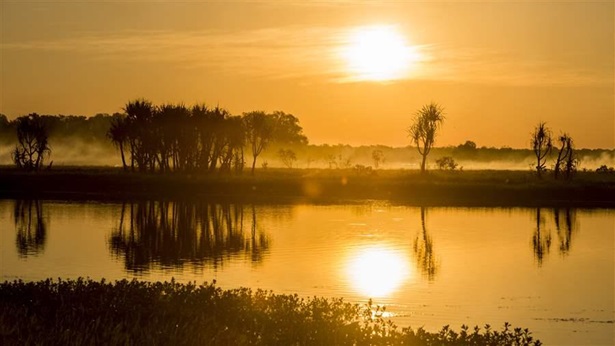
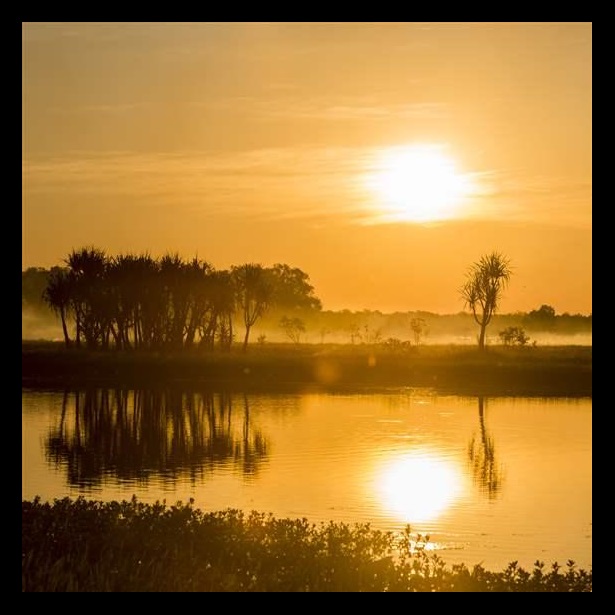
Hope for Australia’s Heartland
New report “My Country, Our Outback” showcases successful land, marine management
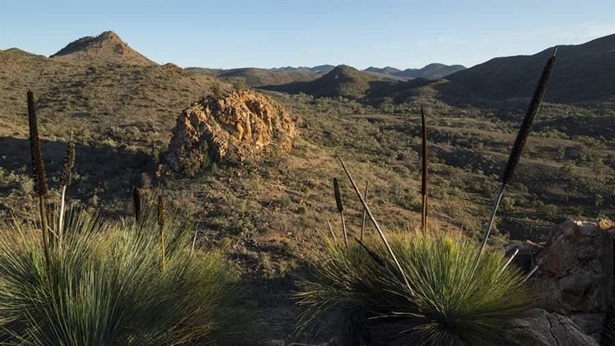
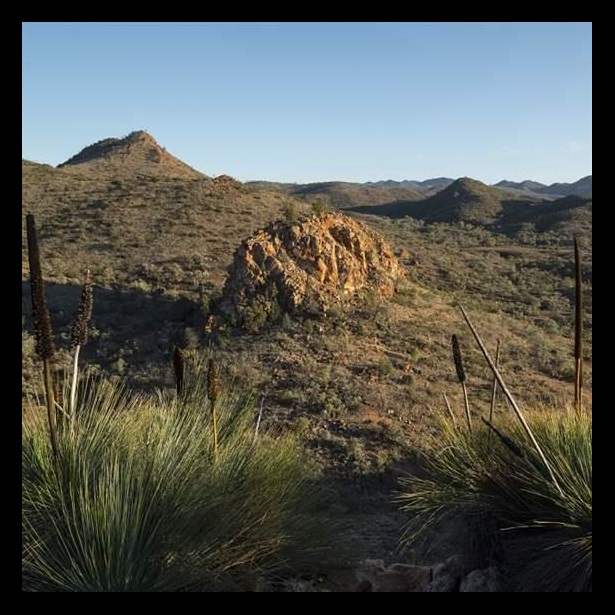
These 3 Steps Could Save the Outback
Countering threats to nature in remote areas requires people, policy reforms and greater Indigenous involvement
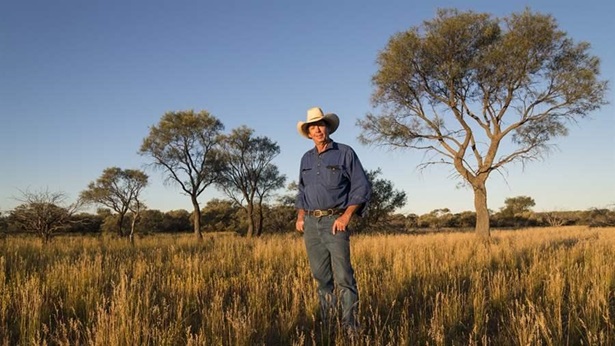
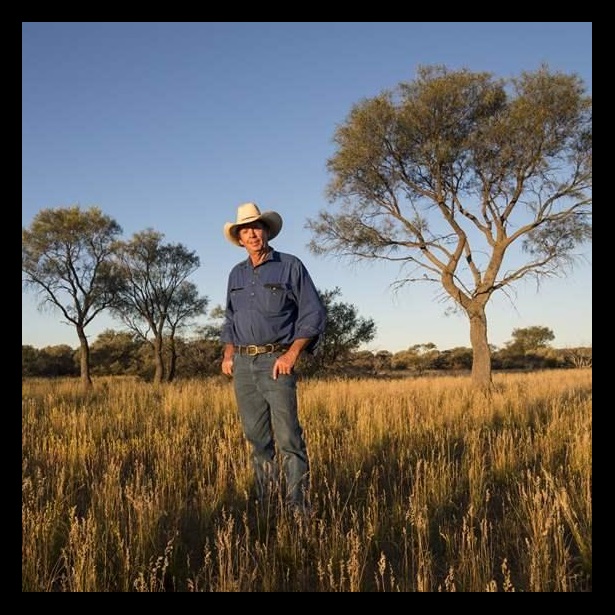
Outback Rangelands Can Recover
A pastoralist in Australia shows how he's returning the land to health
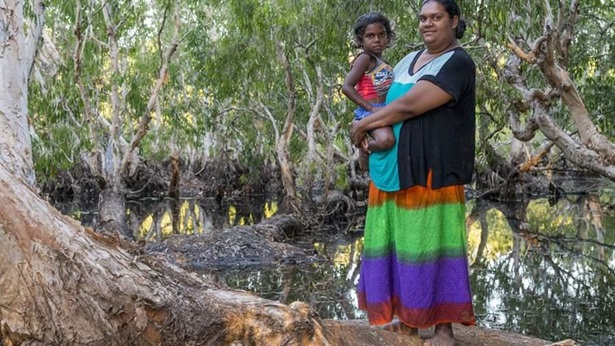

Saving the Outback with a Hybrid Approach
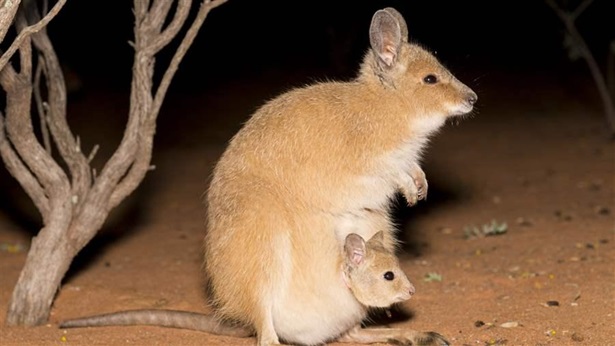
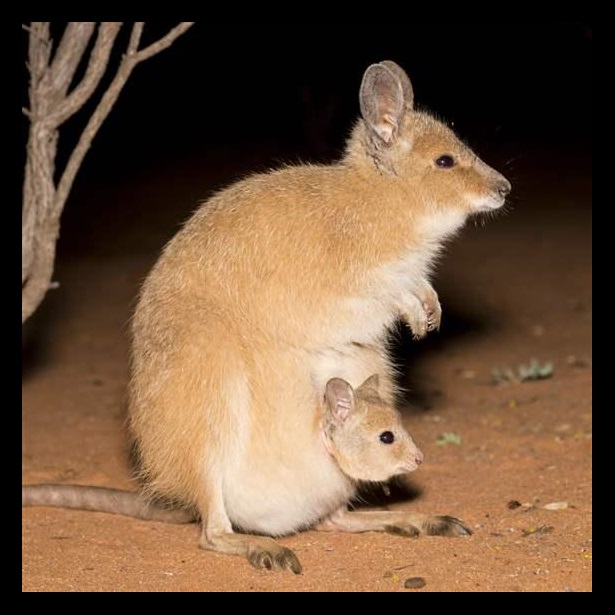
Extinctions Mount in Australia’s Outback
Some of the country’s most threatened species are rebuilding behind ‘feral-free’ fencing
